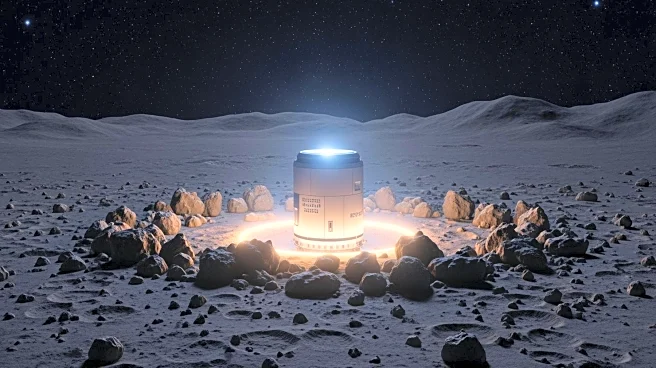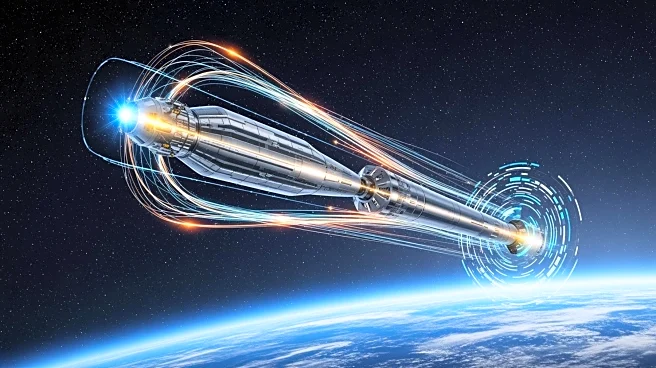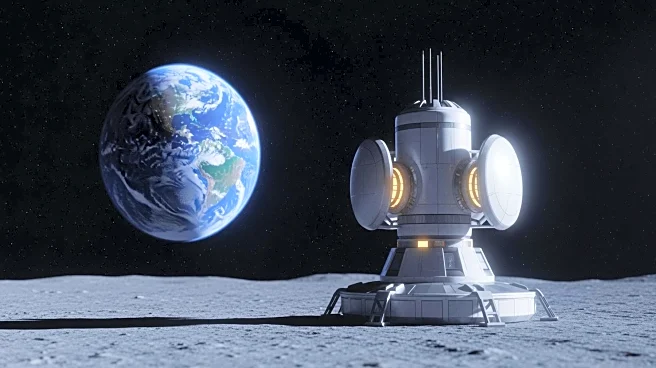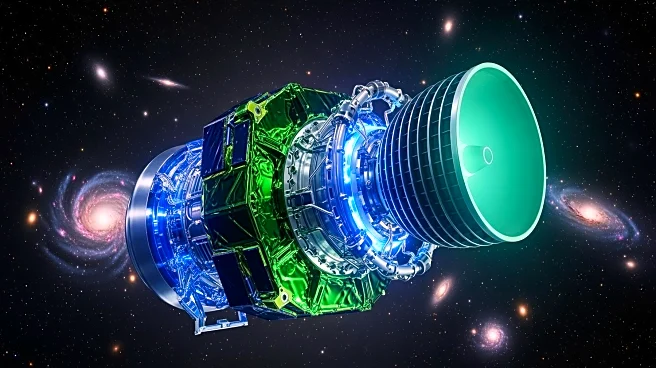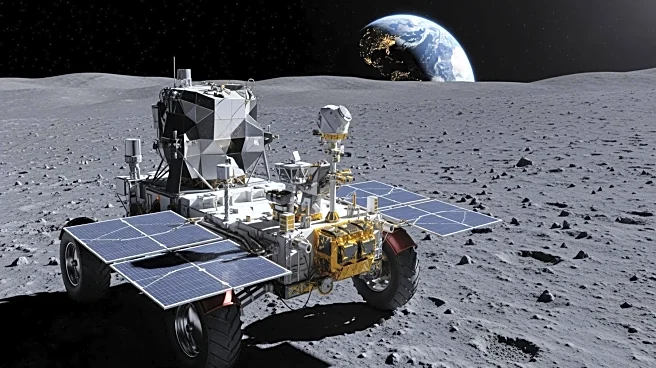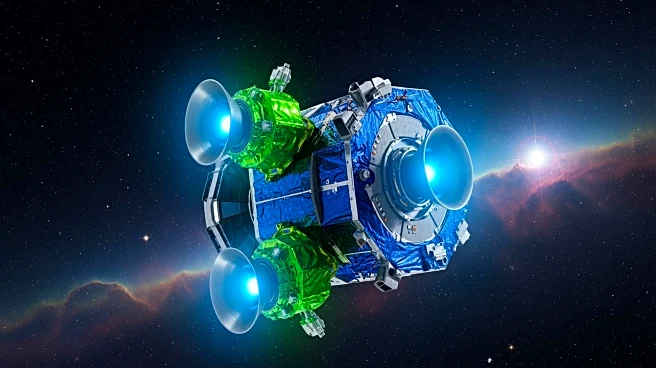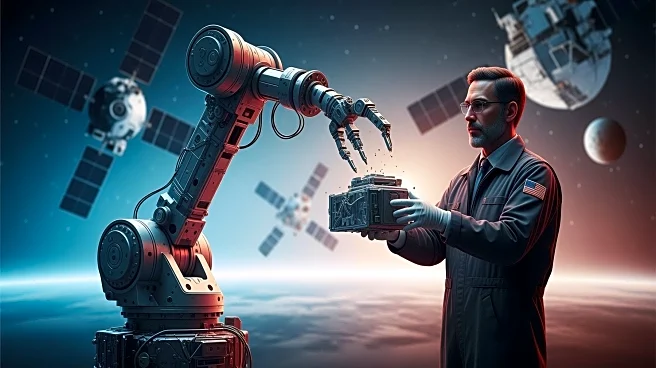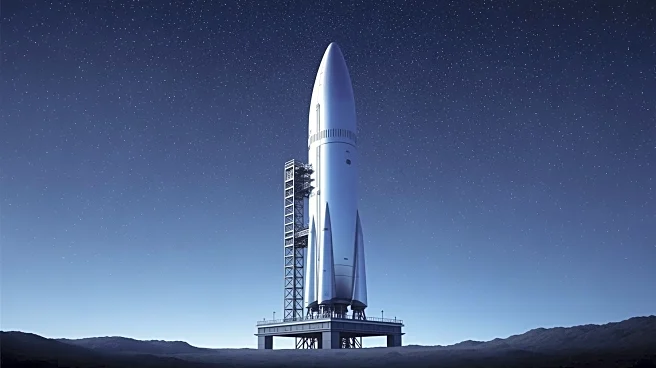What's Happening?
The global space economy is experiencing significant growth driven by advancements in satellite propulsion technology. Propulsion systems are crucial for maintaining satellite orbits, enabling spacecraft maneuvers, and supporting interplanetary missions.
The market for satellite propulsion systems is projected to reach $3.78 billion by 2030, fueled by innovations such as electric propulsion and additive manufacturing. Electric propulsion, particularly NASA's iodine-based systems, offers sustainable alternatives to traditional chemical methods, enhancing efficiency and mission longevity. The U.S. Department of Defense is actively investing in small satellite propulsion technologies, which are essential for maintaining orbit and enabling autonomous maneuvers in clustered constellations.
Why It's Important?
The advancements in satellite propulsion technology are pivotal for the U.S. space economy, which saw a 0.6% growth in 2023. These technologies enhance satellite mobility, resilience, and responsiveness, crucial for defense and intelligence applications. Electric propulsion systems lower operational costs and extend satellite lifespans, offering strategic advantages in crowded orbital environments. The integration of additive manufacturing in propulsion design could transform satellite deployment economics, allowing in-orbit production and reducing launch mass. This innovation cycle is supported by government investments, ensuring continuous development and mitigating early-stage research risks.
What's Next?
The propulsion sector is poised for further growth, with opportunities for collaboration between private firms, universities, and national space agencies. Global partnerships are fostering shared research and innovation, setting benchmarks for performance and safety. The convergence of hardware and software in propulsion technology will define competitive edges, with software developers optimizing propulsion performance and fuel consumption. As the space economy expands, propulsion systems will remain central to sustainability, efficiency, and mission success, driving differentiation in a competitive market.
Beyond the Headlines
China's aggressive investment in propulsion capabilities highlights a global shift towards self-reliance in space technology. The country's focus on hybrid and electric propulsion could accelerate new standards in cost efficiency and manufacturing innovation. This signals both competition and collaboration potential for Western and Asia-Pacific manufacturers in future propulsion partnerships.





